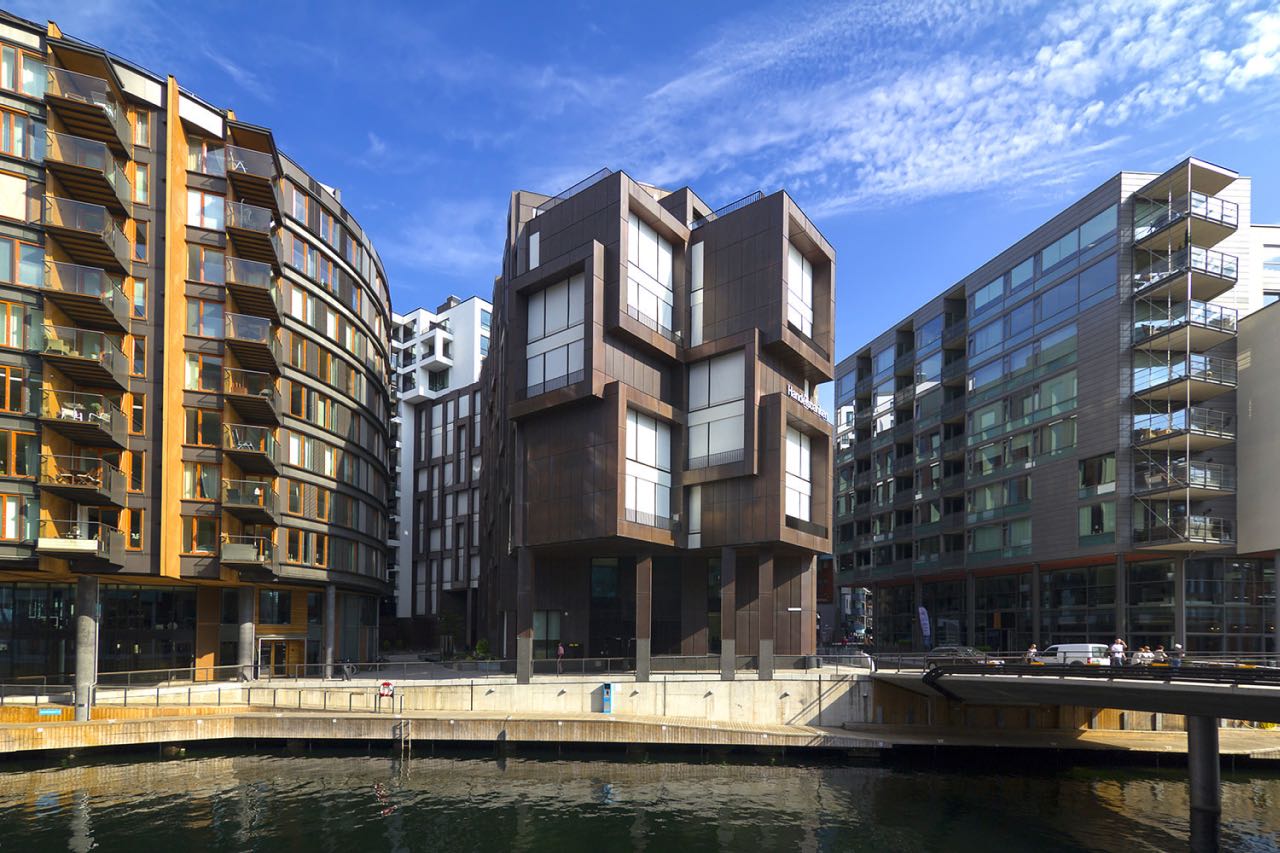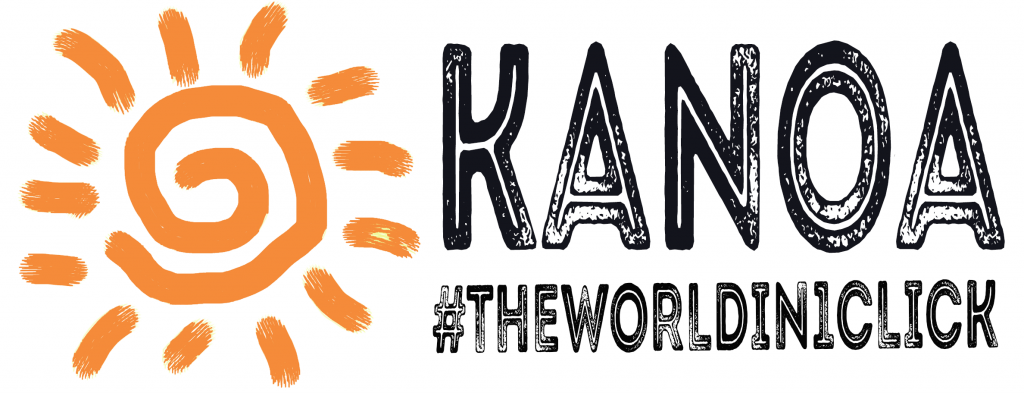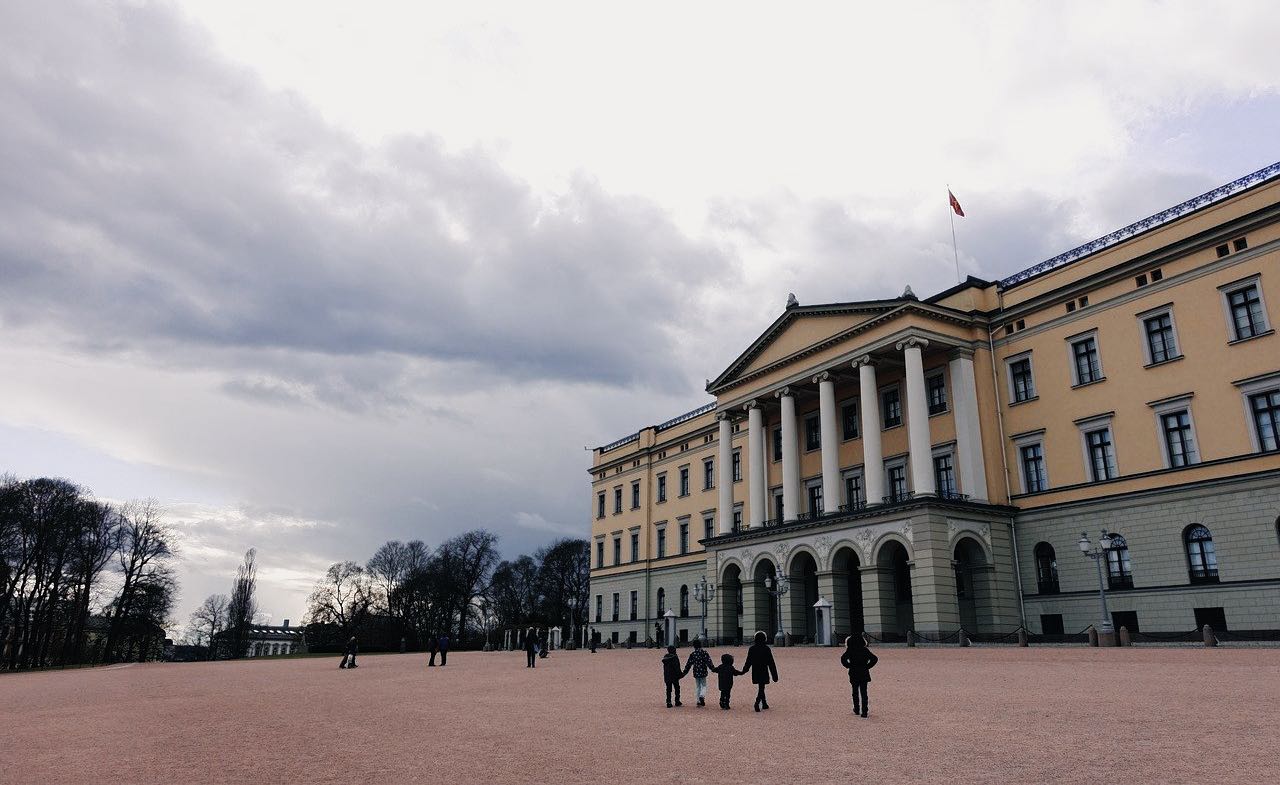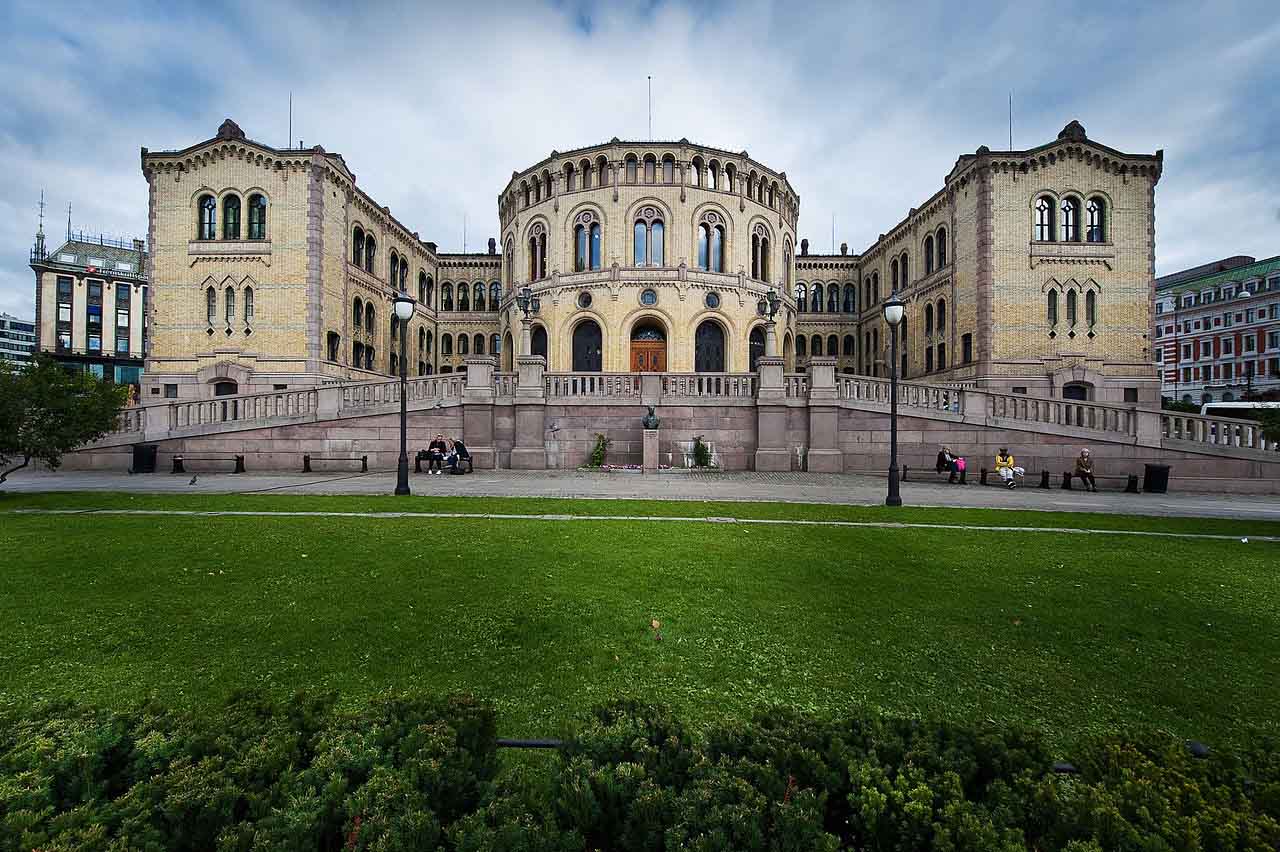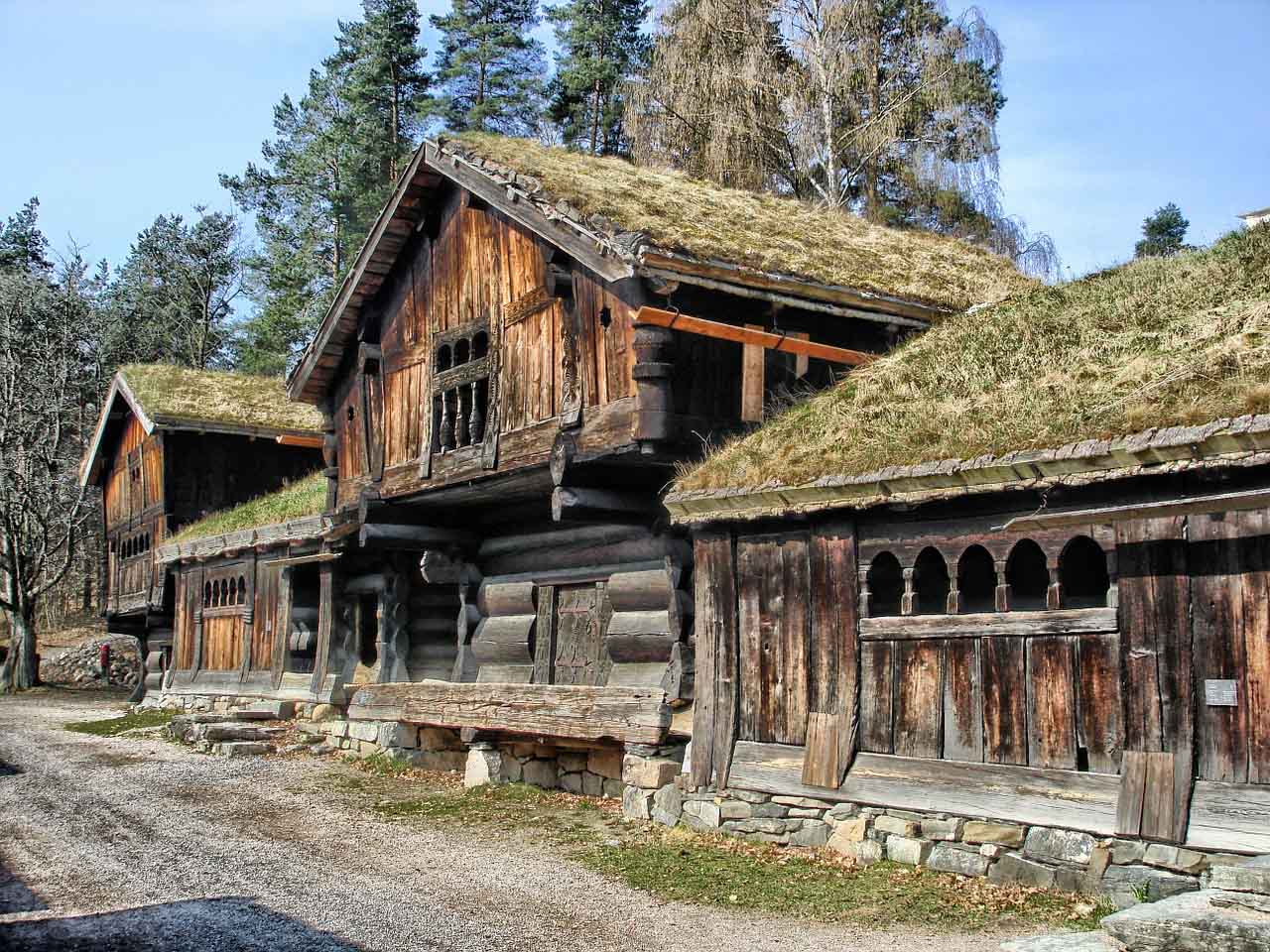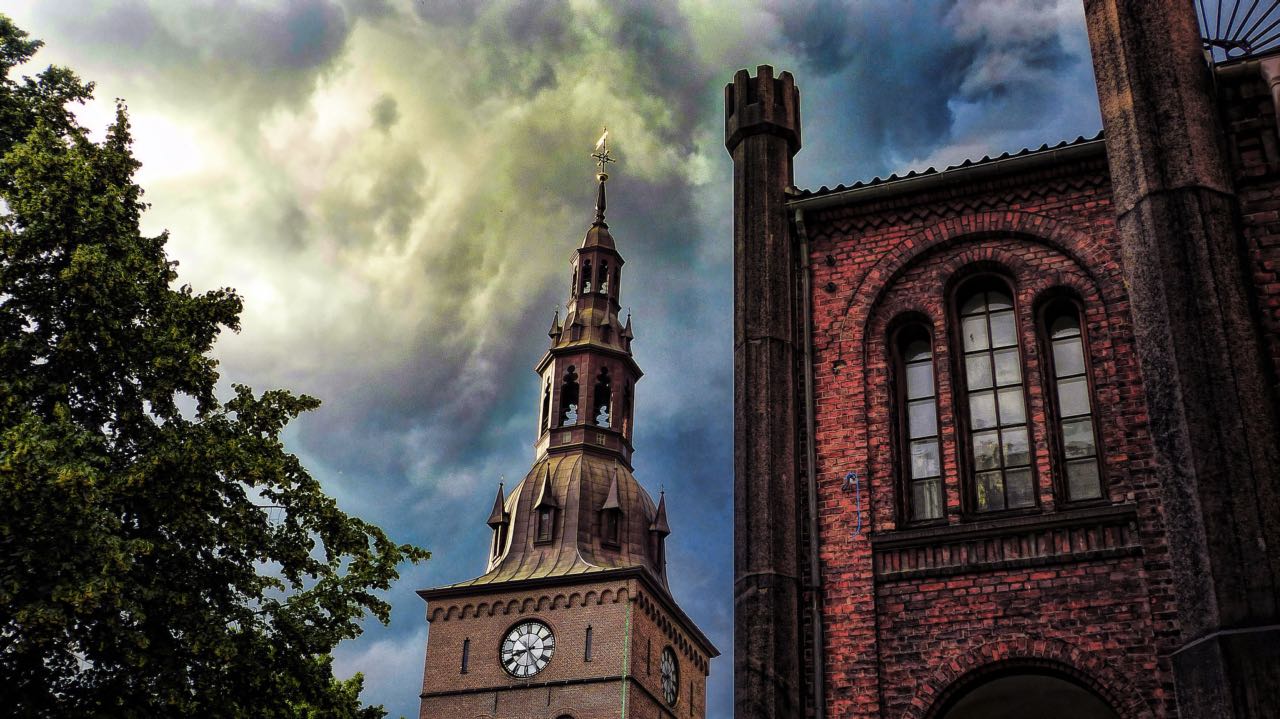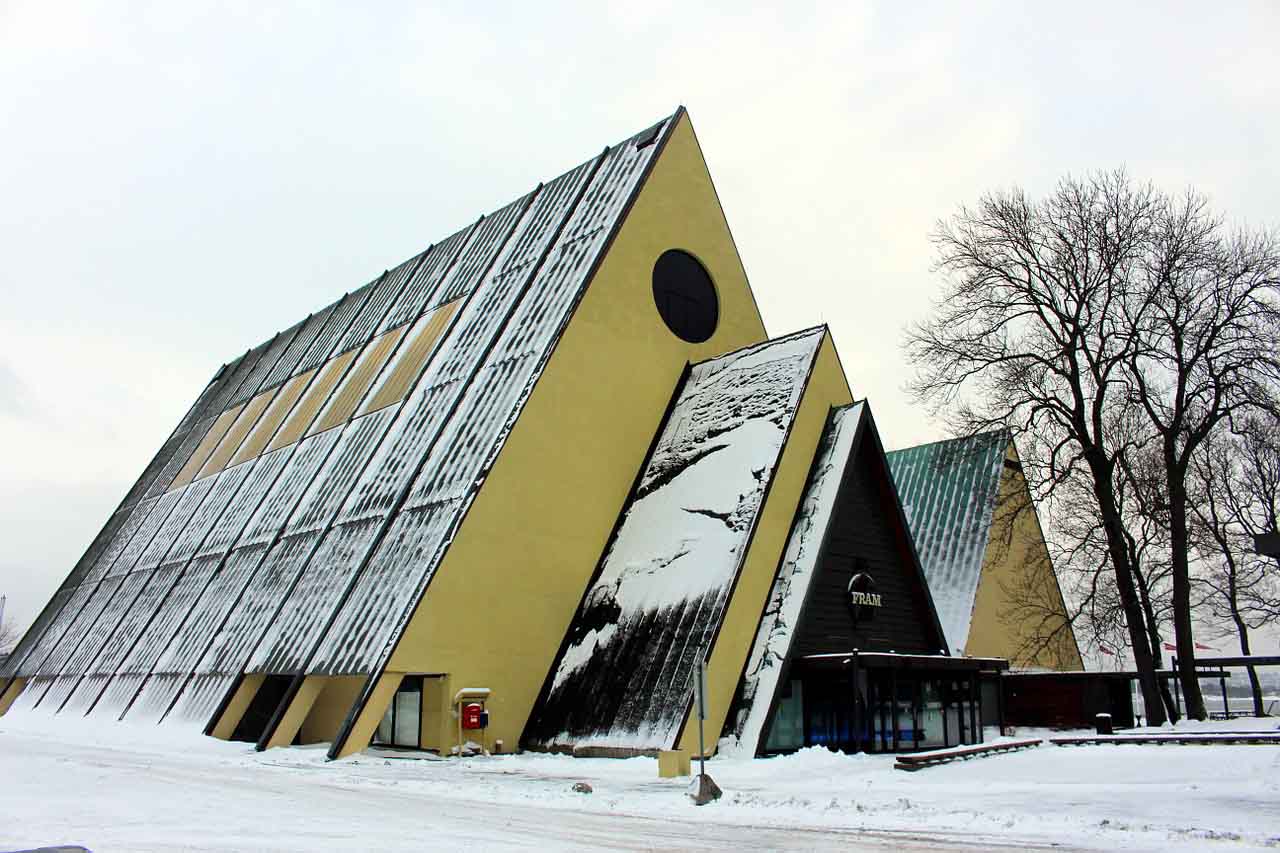Oslo is a wonderful city, able to give emotions in any season of the year. It is especially at Christmas that it becomes even more magical and evocative. In this practical guide, lots of info on what to do and see in a single weekend in Oslo. Foreword, is that many monuments, sites and museums, hardly remain open after the 18:00. Keep this in mind!
1st DAY WEEKEND IN OSLO
Half day available to see a first part of the Norwegian capital. We recommend starting from Det Kongelige Slott, the beautiful Royal Palace overlooking Slottsplassen, the splendid central square. It is surrounded by the beautiful Slottsparken, a royal park of incredible beauty. The Royal Palace dates back to the nineteenth century, and was the residence of the sovereign Charles III of Norway. Less opulent than the European palaces, it was designed by the Danish architect Hans Ditlev Franciscus Linstow. The building was completed in 1849, but it is only in the twenty-first century that it would have assumed its current appearance.
It consists of three floors and a total of 173 rooms. The building is the royal residence of the Norwegian sovereigns. Inside it is possible to admire the various royal rooms: the Council Chamber; the White salon; the King Haakon VII Suite apartment; the Upper Vestibule; the “Bird Room”; the Room of Mirrors; the dining room; the small ceremonial hall; the “Small Ceremonial Hall“.
In the beautiful gardens that surround the residence, you can admire, among other things, the little lake known as Mirror of the King.
The Royal Palace can be visited ONLY IN THE SUMMER PERIOD, from mid-June to mid-August. Admission allowed exclusively through the guided tour (English and Norwegian).
Observe the following times:
Monday – Thursday, 11:00-17:00.
Friday, 12:00-17:00.
Saturday – Sunday, 10:00 – 17:00.
The full-fare ticket costs well 135NOK; children up to 12 years, students and over 67 pay the reduced rate equal to 105NOK. For all the info, you can consult the official website, through this link.
Just a few minutes away from here, the splendid rises Nationaltheatret. This is the National Theater, the most important in all of Norway, in particular for the dramatic arts. It was designed by architect Henrik Bull; under the artistic direction of Vilhelm Krag, which began in 1910 the period of maximum splendor of the Theater. Obviously, as Ibsen’s homeland, many of his works have been represented here. Every two years, at the Nationaltheatret, the Ibsenfestival is an unmissable event for all fans.
If you have in mind to take a leap, or for simple curiosity, you can consult the official website from this link.
Along Karl Johans gate, the beautiful architecture of University of Oslo, dominates the square and the surrounding gardens. It is one of the most prestigious universities in the world, able to accumulate prizes and awards every year. Today, it is included among the best 100 Universities for training.
Beautiful and lively atmosphere characterizes the adjacent Spikersuppa skøytebane. Fountain show and an ice rink await you. Around, typical stalls, and a lot of movement. Try to make us a jump at Christmas: really wonderful!
Photo ©, gcardinal
The Parliament Building, is designed by the Swedish architect Emil Victor Langlet. The building is a combination of different styles, some of Italian and French inspiration. The interior of the building was designed by Langlet; characteristic, it is the Plenar Chamber. In the 2016, the building that symbolizes democracy, celebrates its 150 years.
The Parliament Building can only be visited by GUIDED VISIT on set days. We recommend consulting the official website.
Generally, in summer, from July to August, visits are made from Monday to Friday, from 10:00 to 13:00. In the fall, only on Saturday, from 10:00 to 11:30.
The guided tour lasts for 45 minutes. Maximum 30 people can be logged in for each tour. The admission is free and it is not possible to make reservations.
It is accessed from the side of Akersgata, after appropriate security checks.
The Zone is a succession of wide avenues, streets and squares. You will find numerous bars, cafes and fast food for all your needs. The inevitable Hard Rock Cafè, at Karl Johans gate 45, is located right in this area.
On the opposite side, in the huge square from which the Town Hall dominates, you could instead opt for Amundsen Bryggeri & Spiseri or Brasserie 45. Obviously, since it is Oslo, the proposals (starting from the sandwiches) are quite expensive.
In the evening, Oslo stops being a city of art, charm and culture and transforms itself. Here, then, reigning the fun, the liveliness, the euphoria. An authentic mix of clubs, pubs and nightclubs to suit all tastes and needs. You can stroll in the beautiful old town or Rådhusplassen, admiring the beautiful and evocative landscape from the bay.
For a more eventful evening, the right solution is the The Villa, a popular club/disco in Møllergata 23, right in the center. Specializing in techno and house, it hosts the most varied musical genres in the two rooms. Attention to the selection at the entrance! Open Thursday from 21:00 to 02:00, and Friday and Saturday from 11:00 to 03:00. For info, take a look at the official website, from here.
Rockfeller Music Hall, on the other hand, is absolutely recommended for rock lovers. Look for the show on the bill, through the official website. Maybe it could be your right night.
2nd DAY WEEKEND IN OSLO
Did you do the small hours? Do not worry, because there is nothing better than starting …. taking his own time. An abundant breakfast is definitely what it takes.
With the 12, 13, 16 and 19 trams, get off at Kontraskjaeret. You will find yourself in the vicinity of Akershus Festning, castle-fortress strategically located on the eastern side of the port. It was built at the behest of King Haakon V in the late 13th century to protect the city. Today, it is one of Oslo’s main architectural attractions.
The walk is beautiful and evocative, especially if you should spend it in the evening; also beautiful, from here, the panorama of the city.
Here, moreover, is the Norges Hjemmefront Museet, the Norwegian Museum of the Resistance. Through photographs, documents, posters, period objects, models, newspapers and recordings of the era, the five years of Nazi occupation are remembered and documented, from invasion to liberation
The Museum is open from Monday to Sunday, from 10:00 to 16:00. The standard fare ticket costs 100kr.
Town Hall is one of the symbols of the city. The building, with its characteristic architecture, was designed by Arnstein Arneberg and Magnus Poulsson; it houses the city council and the city administration, and inside it is possible to visit art workshops and galleries. Moreover, right here, every year the ceremony for the awarding of the Nobel Peace Prize takes place. In the eastern tower, the famous carillon is located. With the homonymous square, in the evening all lit up, it is a truly evocative show; especially at Christmas, with the email lights that reach the bay.
Every year, around 300000 visitors access this building. Open all year round, from 09:00 to 16:00 and in the months of July and August up to 18:00.
From 01 June to 31 August, FREE guided tours at 10:00, 12:00 and 14:00. Booking is not necessary.
Nobels Fredssenter, a few hundred meters from here, it is a Nobel Peace Center and Museum; you will find information on the winners of prizes, films, and interesting temporary exhibitions. In addition to a presentation on the prize winners, images and testimonials document the story of Alfred Nobel and the award. The fundamental aim is to promote reflection and commitment on issues related to war, peace and conflict resolution.
The Center is an independent foundation, financed through public contributions and donations. To date, he has received numerous awards in the field of documentary photography and interactive technology.
The Museum is open from Tuesday to Sunday, from 11:00 to 17:00. Closed on Mondays. The full ticket costs 120NOK; Students and over 67, pay a reduced rate of 90NOK. Free admission for children under 12.
For all the updated info, it is available the official website from this link.
Neighbors Aker Brygge e Tjuvholmen, are two extremely lively and lively districts. AkerBruges, although having a markedly tourist and commercial imprint, it is an obligatory step. Very lively during the day, and above all in the evening, thanks to the many bars, restaurants and trendy shops. You can go shopping and stroll along the beautiful promenade.
Photo ©, Wojteck Gurak
Tjuvholmen is, instead, an excellent district of art. It can be reached by crossing the Tjuvholmen allé pontiledi. Find art galleries, museums and clubs and exclusive restaurants, known for their beautiful location, great quality and … anything but modest prices. Not to be missed for art lovers, Astrup Fearnley Museum of Modern Art, a museum that, perhaps, is worth visiting during your weekend in Oslo.
The temporary exhibitions set up inside the museum are very interesting. The permanent collection, however, consists of works by Norwegian artists and International Contemporary Art. Excellent absorption of works by European artists of pop-art, post-modern and international contemporary art. The collection includes works by Janine Antoni, Francis Bacon, Matthew Barney, Dado, Gardar Eide Einarsson, Robert Gober, Felix Gonzalez-Torres, Douglas Gordon, Damien Hirst, Anselm Kiefer, Jeff Koons, Louise Lawler, Sherrie Levine, Bjarne Melgaard, Bruce Nauman, Shirin Neshat, Sigmar Polke, Richard Prince, Charles Ray, Jason Rhoades, Gerhard Richter, Tom Sachs, Cindy Sherman, Rirkrit Tiravanija and Andy Warhol
The current building, inaugurated in 2012, is the work of the Italian Renzo Piano. The museum observes the following times: Tuesday, Wednesday and Friday, from 12:00 to 17:00; Thursday, from 12:00 to 19:00; Saturday and Sunday, from 11:00 to 17:00.
The entrance ticket costs 150NOK; students, 100NOK; FREE for children under 18.
Peace and tranquility reign supreme at the Tjuvholmen Skulturpark, a small green area where you can relax and, when it’s sunny, lie down in the sun.
Returning to Akker Brygge, you will only be spoiled for choice to put something under your teeth; bistros, restaurants, cafes or pizzerias for those who do not have too many demands.
After a well-deserved break, with the bus line 30 you will be right in front of the Norsk Folkemuseum, an unmissable destination for your tour days Oslo Days.
It is a museum linked to Norwegian traditions and folklore, within the charming Bygdøy peninsula. Here, a typical Norwegian village is rebuilt, with over 150 historic houses in full Norwegian style. You will see how the Norwegians lived from the 16th century to today.
It is the largest Norwegian museum of popular history. The buildings of the open-air museum represent different regions of Norway, and different eras; moreover, somo represent the differences between city and countryside, and social classes. Gol Stave Church dating back to the 1200 is one of the museum’s five medieval buildings. You can attend temporary exhibitions, and permanent exhibitions on folk art and costumes, toys and Sami culture.
The museum is accessible from 11:00 to 16:00 on Saturday and Sunday, upon purchase of the entrance ticket. Adults pay 140NOK and children 80NOK. Admission is FREE for children under 6.
Official website of the museum, http://norskfolkemuseum.no/en
This area is home to at least three other museums of undoubted importance that you will hardly get to visit in such a short time. Also, and above all, considering the closing times. We leave you at least one or two for the last day.
From the Norsk Folkmuseum, in about 20′, bus 30 takes you to Frognerparken, the splendid and immense green lung of the city. You can stroll through Oslo’s largest public park and visit the beautiful Vigelandsparke complex.
A refreshing shower is what it takes before concluding your evening. Relax in the hotel and then, by public transport, reach Karl Johan Gate, Oslo’s main and extremely busy street. All lit up, full of shops, clubs and pubs. Near the Stortorvet stop, Domkirke shows itself in all its splendor, even more suggestive in the evening. The Cathedral, consecrated in 1697, is an interesting building of worship in the Gothic style, in the center.
Photo ©, Mariano Mantel
For the final evening, you can party at Karma, a famous place to spend time. You can eat something, drink, listen to music and dance until late at night. Music and atmosphere vary incredibly depending on the evening. From Monday to Thursday, the restaurant is open until midnight; on weekends, closing is postponed to 03:00 at night. At the entrance, the selection is quite accurate: avoid, for example, sneakers.
Selection, however, much more rigid at the Raspoutine, the most fashionable and exclusive club in all of Oslo. Luxurious, super decorated, it welcomes many people. And, of course, incredible files. It opens on Fridays and Saturdays at 11pm. If you arrive early in the evening, it is very likely that you will be able to enter this incredible and exclusive nightclub. More info from here.
WEEKEND IN OSLO, DAY 3
Last day: leaving is never easy.
Reach Rhadusbrygge. From the pier, take the Bygdøyfergene ferry to the beautiful Bygdøy peninsula. At a cost of 40NOK (on board it costs 60NOK !!), you can take the opportunity to move around Oslo and see the city from a truly suggestive point of view. FERRY IS FREE WITH THE RECOMMENDED OSLO PASS.
The ferry docks in Bygdøynes, where the Kon-Tiki Museet, the Frammuset, the Norsk Maritim Museet and the Polar Shit are located in a very small space.
Really huge choice. The sea is the dominant element.
The Fram Museum, dedicated to polar explorations, was inaugurated in 1936. Inside, you can visit the most resistant icebreaker in the world, built in 1892, and used by the greatest explorers of the Arctic and Antarctic. Inside the Fram ship, all the original objects and documents used during the explorations are still preserved.
Hours: 01 January – 30 April, 10: 00-16: 00.
01 – 31 May, 10: 00-17: 00
01 June – 31 August, 09: 00-18: 00
01-30 September, 10: 00-18: 00
01 October – 31 December, 10: 00-17: 00
The ticket for adults costs 140KUN; children and students, 50KUN; senior, 100KUN; families (3 + 2), 300KUN. For all the info, the official website from this link.
Just beyond the Norsk Folkemuseum, there is the interesting Vikingskipshuset, the Viking Ship Museum. The Museum is famous for hosting 3 large ships, dating back to the Viking era, in excellent condition. The Oseberg, the Gokstad and the Tune, the three boats, were found in three large burial mounds on the Oslo Fjord; in practice they were used as real tombs and buried for over 1100 years together with objects and valuables. Today they are exhibited in the “House of Viking Ships” along with other artifacts found in the tombs, including a wagon, sledges, a bed, fabrics and tools of all kinds.
The Museum is currently closed for renovation. The reopening is scheduled for 2026.
With the same ticket, on the same day, you can enter the Historisk Museum
For all the info and updates, you can consult the official website from here.
Always linked to the maritime and exploration theme, is the nearby Kon-Tiki Museet. The museum is dedicated to the Kon-Tiki expedition of 1947. It contains some interesting original relics, a 30-meter walkable cave, a 10-meter reproduction of a whale shark and a cinema area where, every day, the film is shown. Kon-Tiki, Oscar Award in 1951 for Best Documentary!
For those interested, the museum is open every day from 11:00 to 17:00.
Prices: Adults 140NOK; Children 6-15 years 50NOK; 300NOK family.
Official site: www.kon-tiki.no/en/
Have a good trip and have a good weekend in Oslo.
